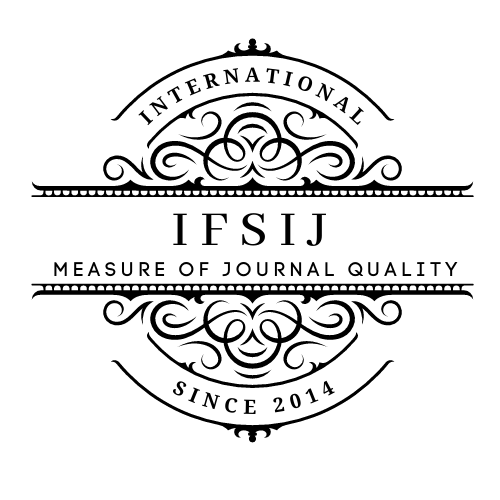SAFETY EVALUATION OF ULTRASOUND-GUIDED PERCUTANEOUS NEPHROLITHOTRIPSY
Keywords:
Percutaneous nephrolithotripsy, kidney stones, urolithiasis, nephrolithiasis.Abstract
The aim of the study was to evaluate the efficacy and outcomes of ultrasound-guided percutaneous nephrolithotripsy (PCNLT) in the treatment of patients with large renal pelvic stones. We studied the results of PCNLT in 138 patients operated for kidney stones from 2018 to 2024. Seventy patients (group 1) underwent the operation under combined ultrasound and radiologic control, and 68 (group 2) under ultrasound control only. Patients with large pelvic stones larger than 2.2 cm requiring a single puncture access were included in the study. The comparative analysis evaluated operative time, number of intra- and postoperative complications, blood loss and hospitalization time. Percutaneous access was successfully performed in all patients. Postoperative complications (exacerbation of chronic pyelonephritis, macrohematuria) were observed in 14.3% of patients in group 1 and 14.7% in group 2. There was no bleeding requiring blood transfusion and injuries of neighboring organs. The efficacy of PCNLT in Group 1 was 95.7%, additional interventions were used in 3 (4.3%) patients. In group 2 the efficacy of PCNLT was 94,1%, 4 (5,9%) patients underwent additional remote lithotripsy. There were no significant differences in PCNLT efficacy, blood loss volume and hospitalization time. In case of large stones of the pelvis and sufficient expansion of the renal cavity system PCNLT can be performed under ultrasound control, which allows to reduce the radiation load on the patient and medical personnel.
Downloads
Published
Issue
Section
License

This work is licensed under a Creative Commons Attribution-NonCommercial-NoDerivatives 4.0 International License.















